Free things to do in the city center of Ubud, Bali
While southeast Asia is a region with a lower cost of living, traveling is still expensive. I am a massive penny pincher. I set up strict budgets for my travels and make it my goal to stay well within these budgets. It’s almost like a game for me. Every time I find something new to do that doesn’t cost me a cent, I’m that much more excited about doing it, just because it’s free. Finding fun, free things to do is basically my superpower, so allow me to share a bit of my wisdom and enjoy this list of free things to do in Ubud.
Saraswati Temple
The Saraswati Temple, officially called Pura Taman Kemuda Saraswati, is the most famous temple in Ubud. The temple is also known as the Ubud Water Palace because it is surrounded by the most beautiful lotus pond I’ve ever seen. You’ll see many people trying to get the perfect Instagram picture here.
Unfortunately, tourist cannot enter the temple. The temple is only open for those who wish to pray. But don’t worry, the most beautiful part of the temple is actually the outside. But first, you need to know where to find this temple. You see, the temple is somewhat hidden behind other buildings. There is a good “landmark” to find the entrance to this beautiful temple, although it’s a bit ironic that the “landmark” to an ancient holy temple is a very western… Starbucks.
Once you’re past the Starbucks, the beauty of this water temple becomes apparent. In front of the temple is a big lotus pond filled with hundreds of lotus flowers. The pond is split in two by a walkway. The walkway is lined with traditional Indonesian stone statues. When it gets dark, each statue holds a torch to illuminate the pond. The result is truly magical. The walkway leads to the actual temple.
The face of the temple consists of three parts. In the middle is a big stairway leading up to a traditional Indonesian temple doorway. This is the entrance to the temple. The stairs are flanked by two big frangipani flower trees. On the uttermost left and right edges of the temple are another two smaller doorways.
Entrance to the temple is free and the temple is located right in the middle of Ubud, which means that it can get quite busy. Timing is everything here: go early in the morning or late at night. The weather is a good prediction of how busy it will be, too. If you want to have the temple all to yourself, try going right after a rain shower. Also good to know is that you can visit this temple without needing a sarong.
Kajeng Rice Field walk
The Kajeng Rice Field walk is a true hidden gem in central Ubud. Although, given its recent popularity, I don’t think you can still call it a hidden gem. Still worth a visit, though. Want to see it with your own eyes? Good thing I made a video about it.
My ultimate travel tip is to go against the stream with this one. The Kajeng Rice Field walk has two entrances: one very visible, busy entrance and one tiny hidden entrance. I suggest you take the small hidden entrance. Why? Because that way you’ll mostly walk downhill instead of a steep uphill climb. Also, the experience is just better in this direction. You start out in a creepy small alleyway and feel like you’re just sneaking through people’s properties and then it opens up to show beautiful rice fields all around. So where is this hidden entrance? It’s located on Jl. Raya Ubud, which is Ubud’s main street, and you’ll find the small alleyway entrance nestled between Museum Puri Lukisan and a small restaurant. There’s a small sign, but it’s easy to overlook.
The walk is fairly short (about 45 mins to an hour) and mostly shaded by big palm trees on either side of the path. Along the way, you’ll find a beautiful warung called Sweet Orange Warung. This warung has without a doubt the best view in all of Ubud. What I like most about this walk is that it shows you the real Ubud rice fields. Some might say it’s not as Instagram-worthy as the Tegalalang Rice Terraces, but I beg to differ. Walking among the rice fields, seeing families working together and kids running around and playing is so much more rewarding. And all this is accessible to you right in the city center of Ubud!
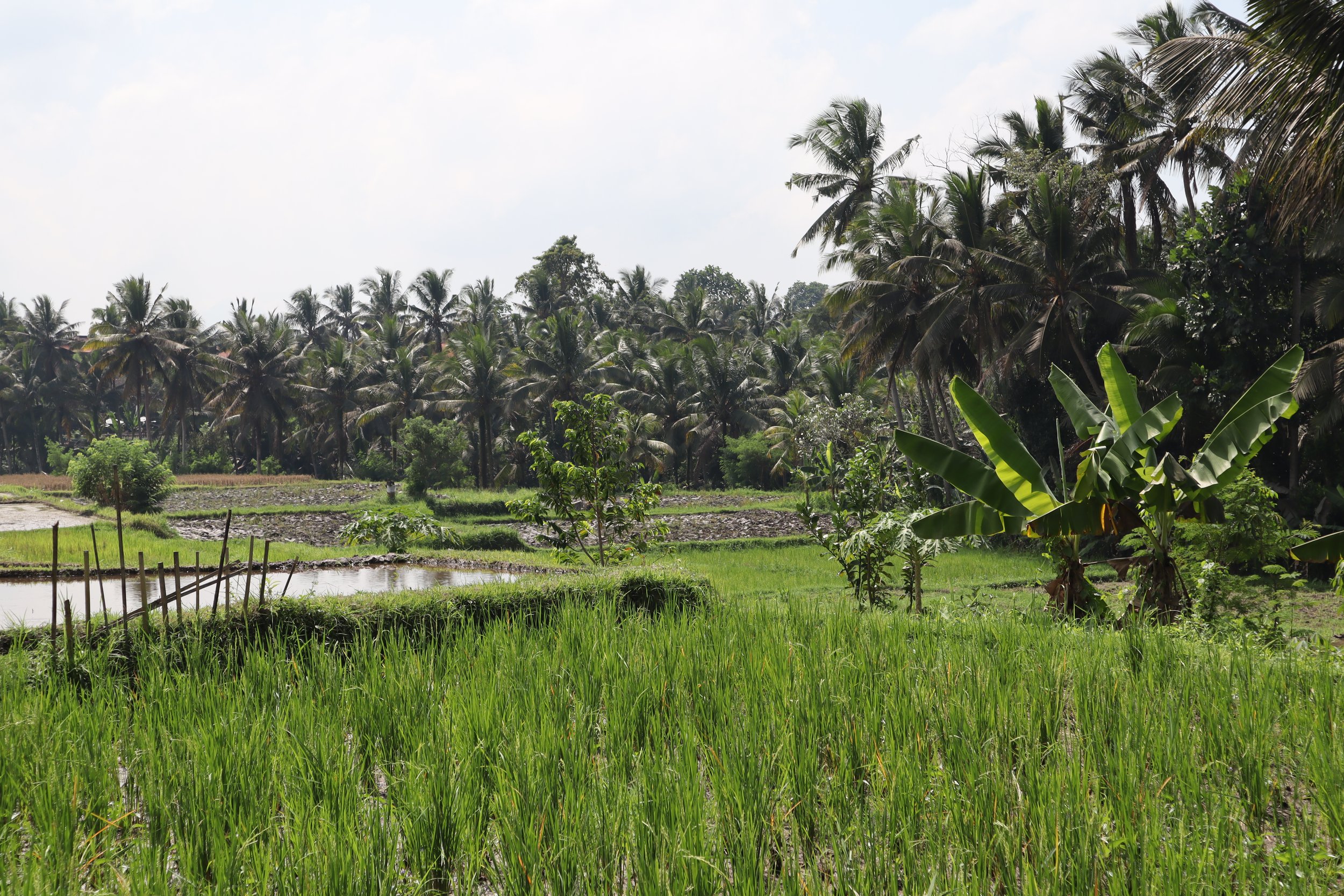
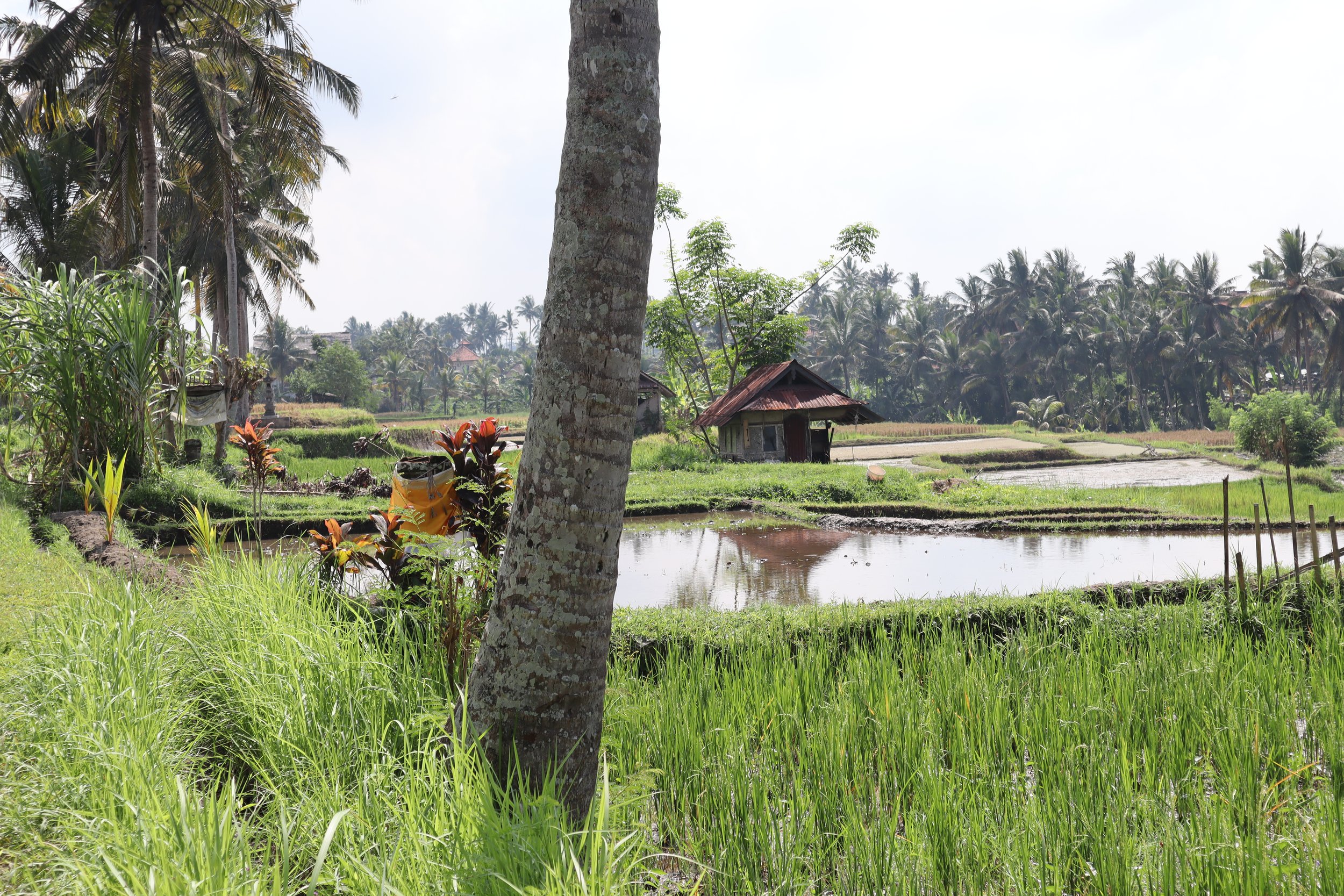
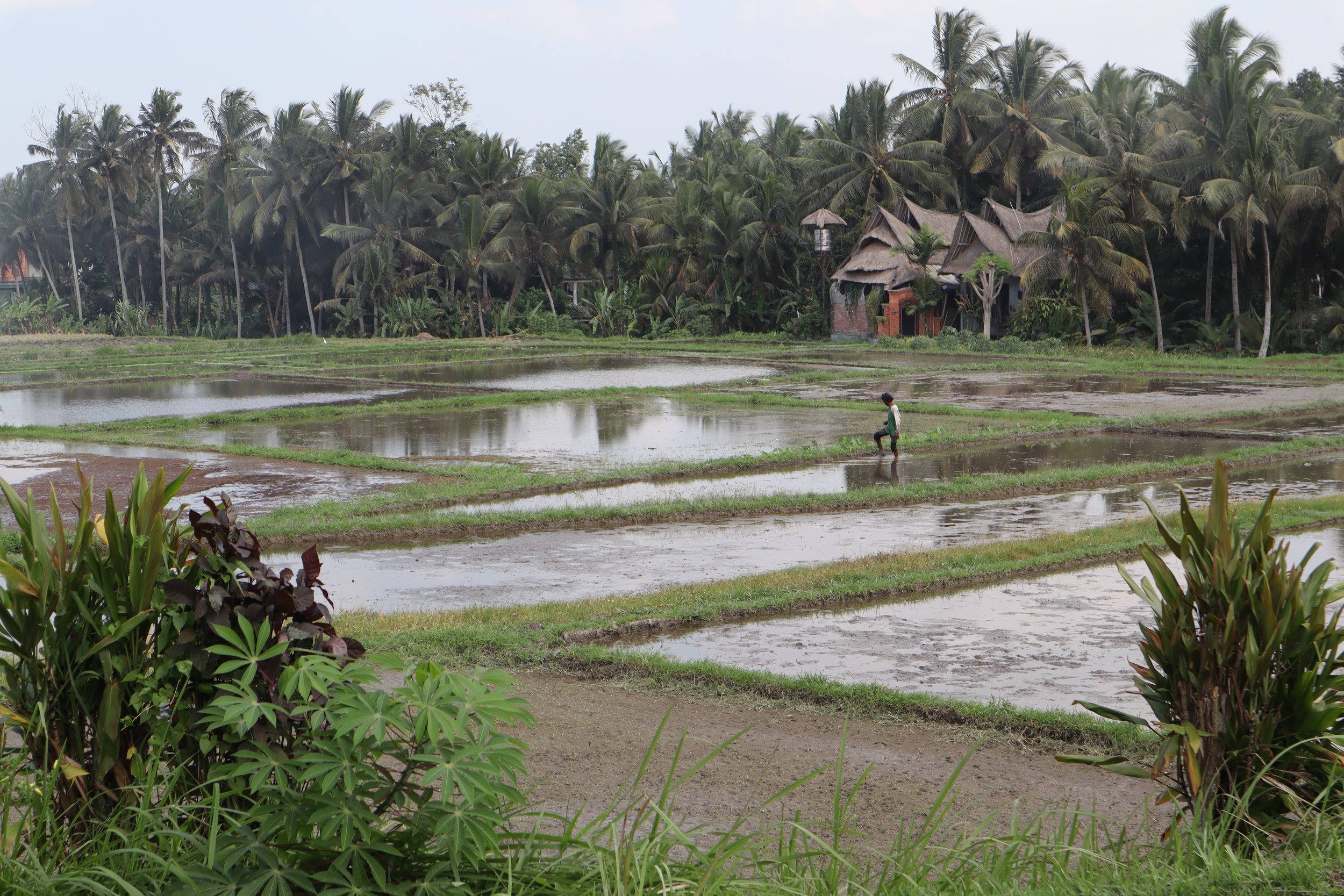

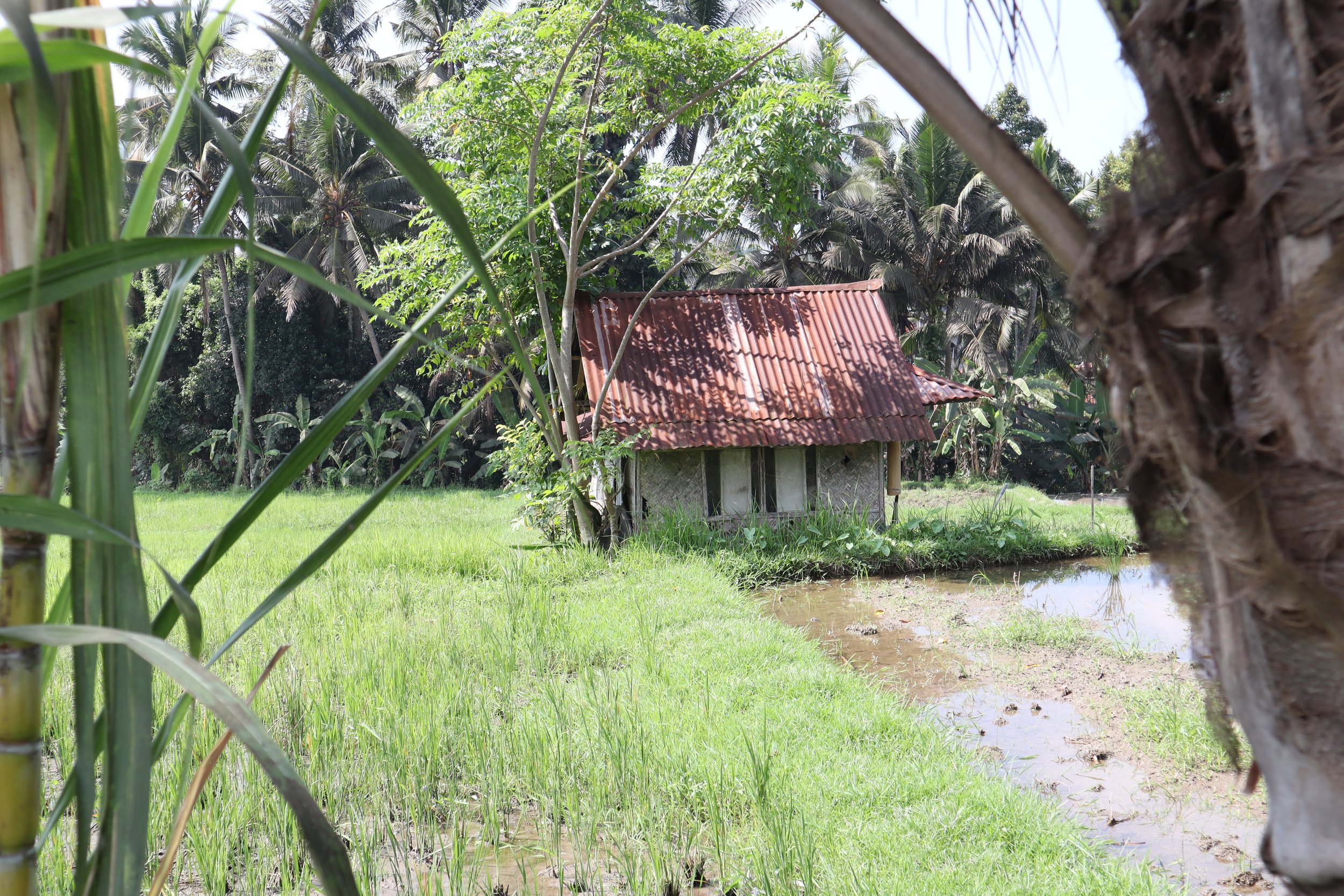
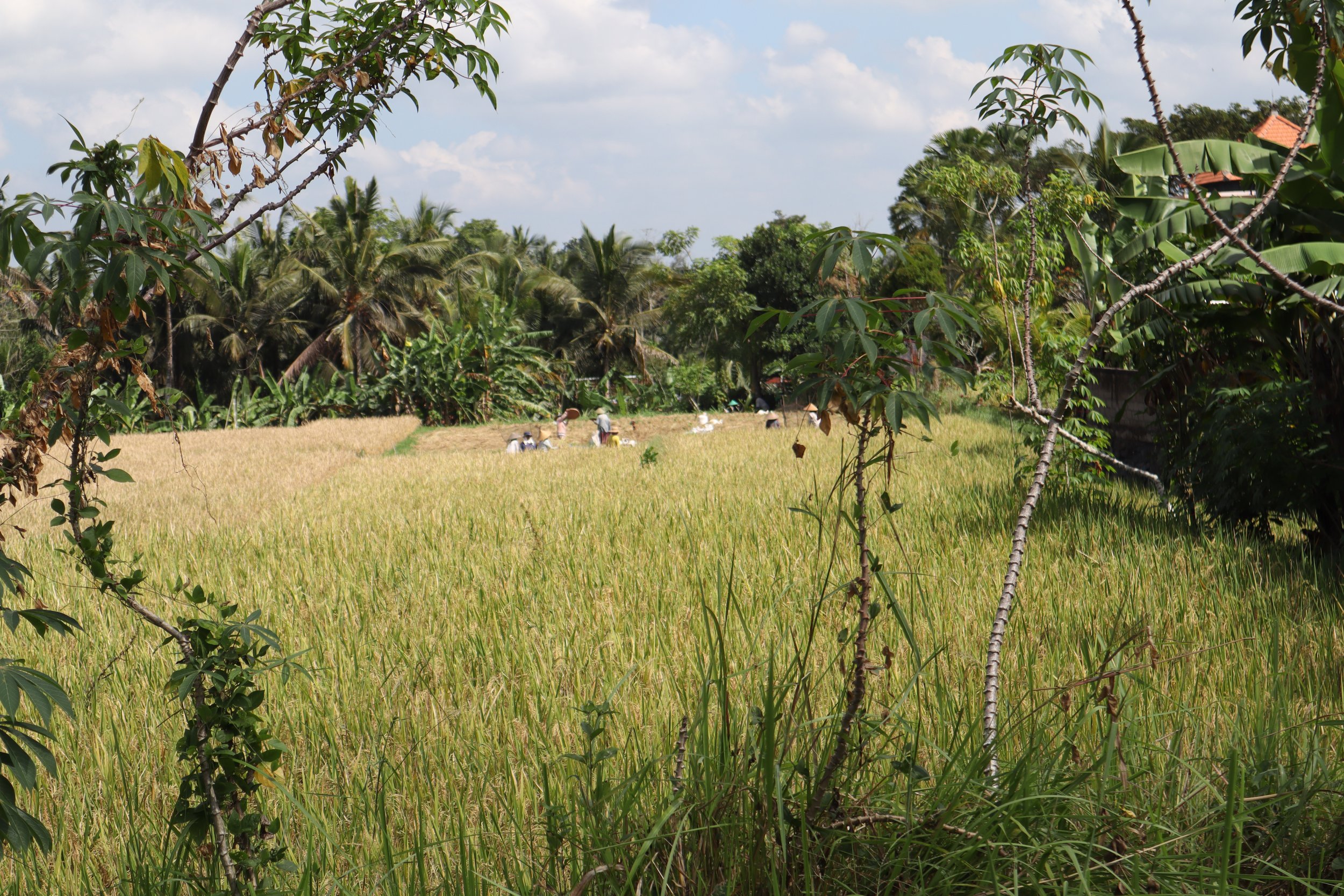
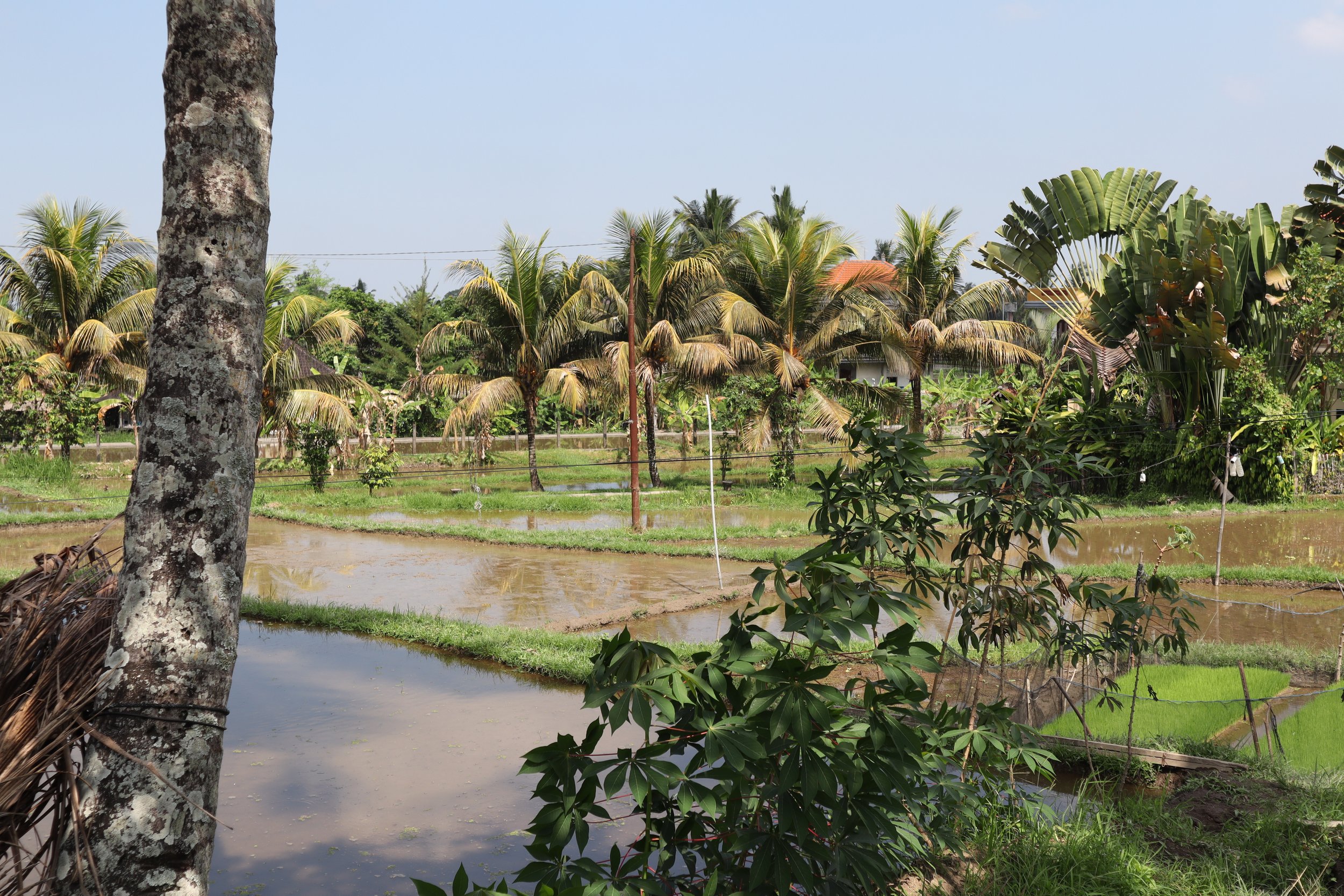

Campuhan Ridge Walk
Another walk here, because walks are usually free and a great way to discover the area. The Campuhan Ridge Walk differs completely from the Kajeng Rice Field walk, but just as rewarding.
First you have to find the Campuhan Ridge Walk. If you’re staying in the city center of Ubud, walk (or drive, there is a small parking area at the entrance) along Jl. Raya Ubud, Ubud’s main street, in the western direction. If you’re walking in the right direction, you’ll soon notice the beautiful “tree tunnel” leading you out of the city center of Ubud. The entrance to the Campuhan Ridge Walk is on the left at the end of this tree tunnel. It’s the first street on your left after you exit the tunnel. If you come by the Mini Mart, you’re too far. It looks like the entrance to a fancy hotel, but there is a little side street (Jl. Bangkiang Sidem) that leads to the entrance of the ridge walk.
From here, you’ll notice the hilly terrain. There’s a reason they call this the ridge walk. You go down this steep side street and at the end of it, you’ll see the motorbike parking area. If you continue on this street, you’ll come by a temple. The entrance to the ridge walk is to your right, at the bottom of the street and just before the bridge. You cross the river on a smaller footbridge and that’s where the Campuhan Ridge Walk starts.
The first part is mostly uphill. I’ve seen people doing this climb in flip-flops, which I do not recommend. The path is lined with stones, but still pretty steep and not always in the best shape. You go up for a long while until suddenly the view opens up: deep valleys with beautiful jungle on the hills. The trail ends at some local restaurants and artshops. On a hot day, this is the perfect place to rest for a minute and get a refreshing drink. The way back is the same as you came; this trail is not a loop. However, the view from the other side is completely different, so I’ll be like you’re on a different walk.
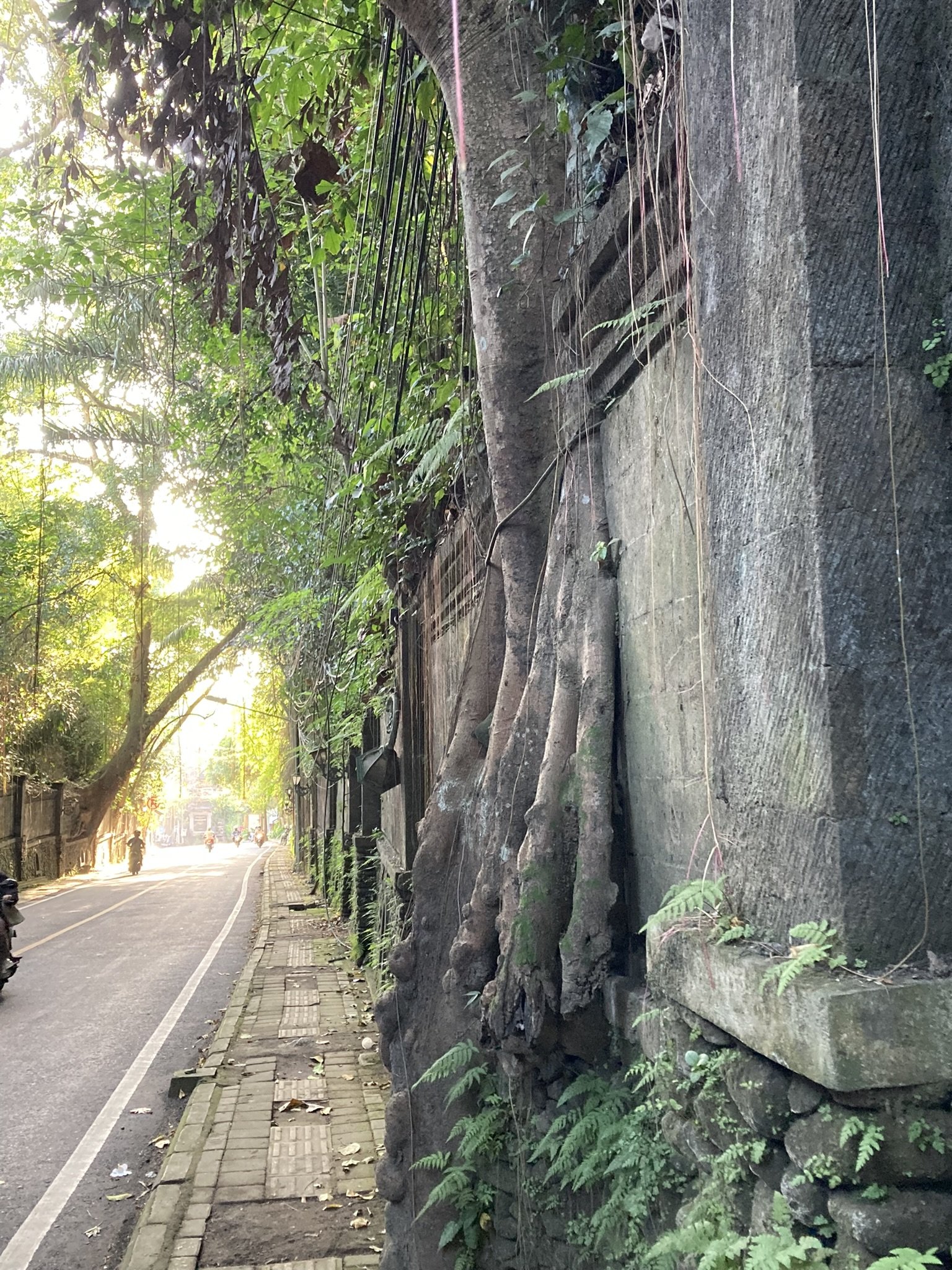
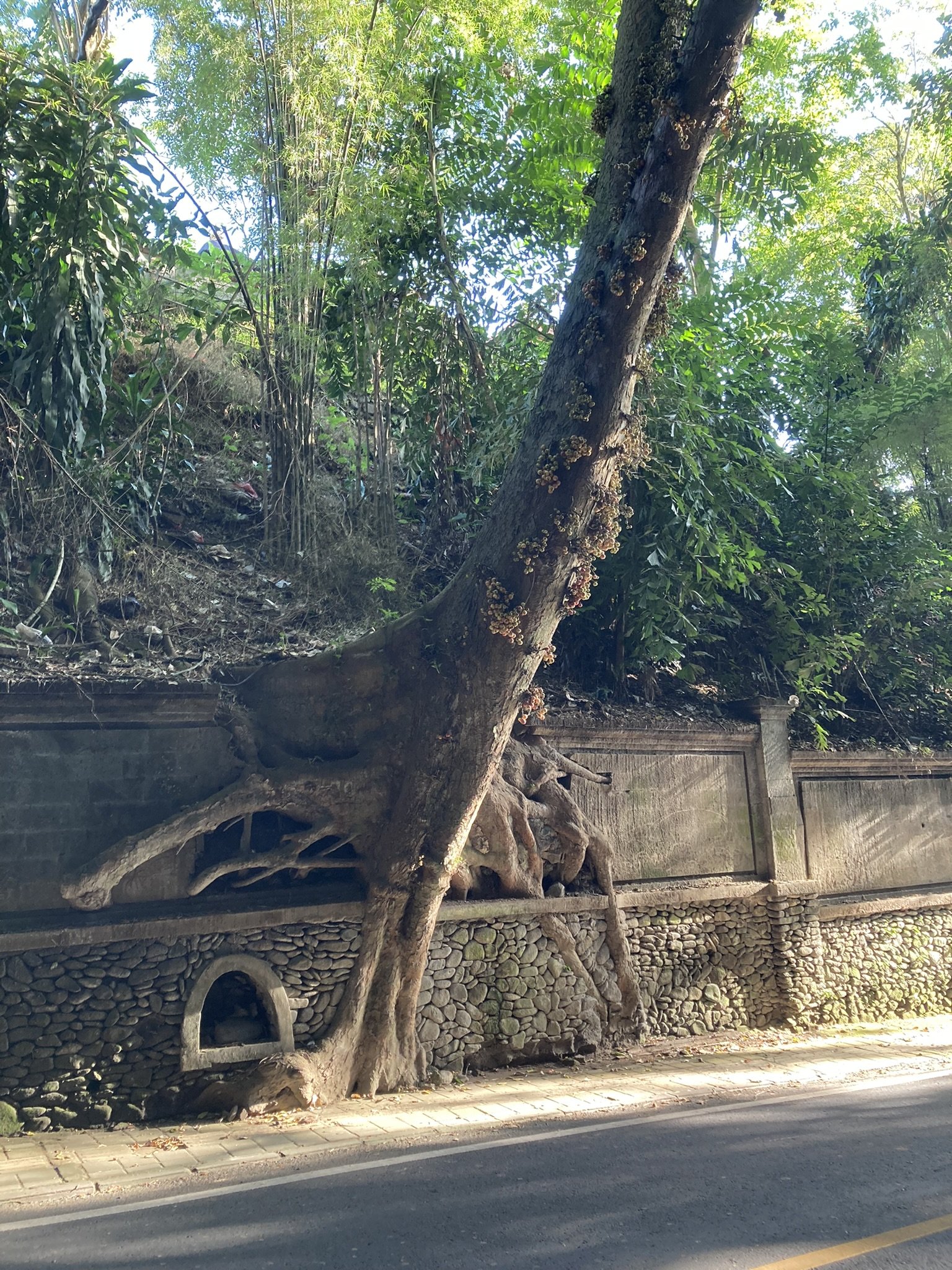
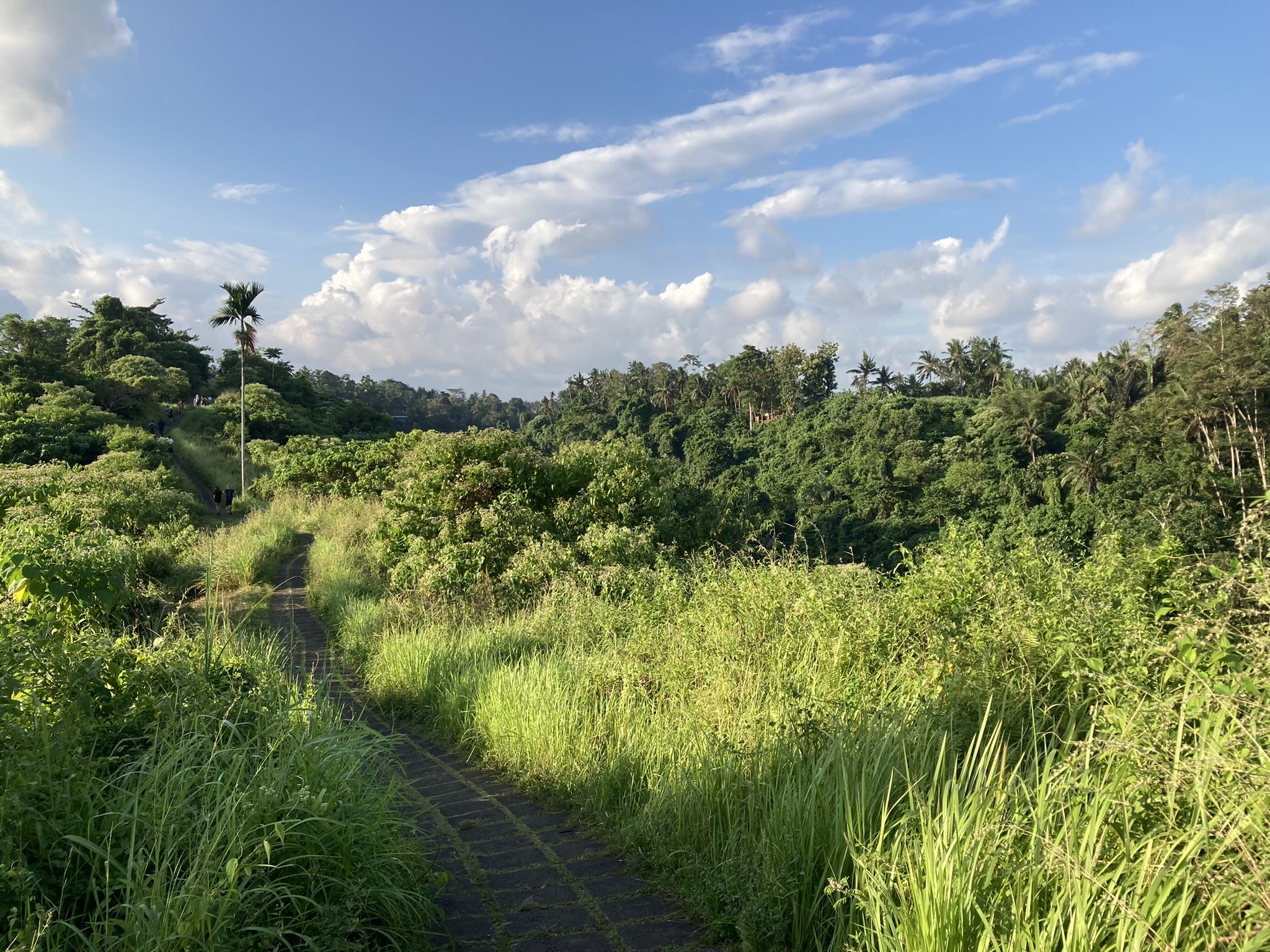
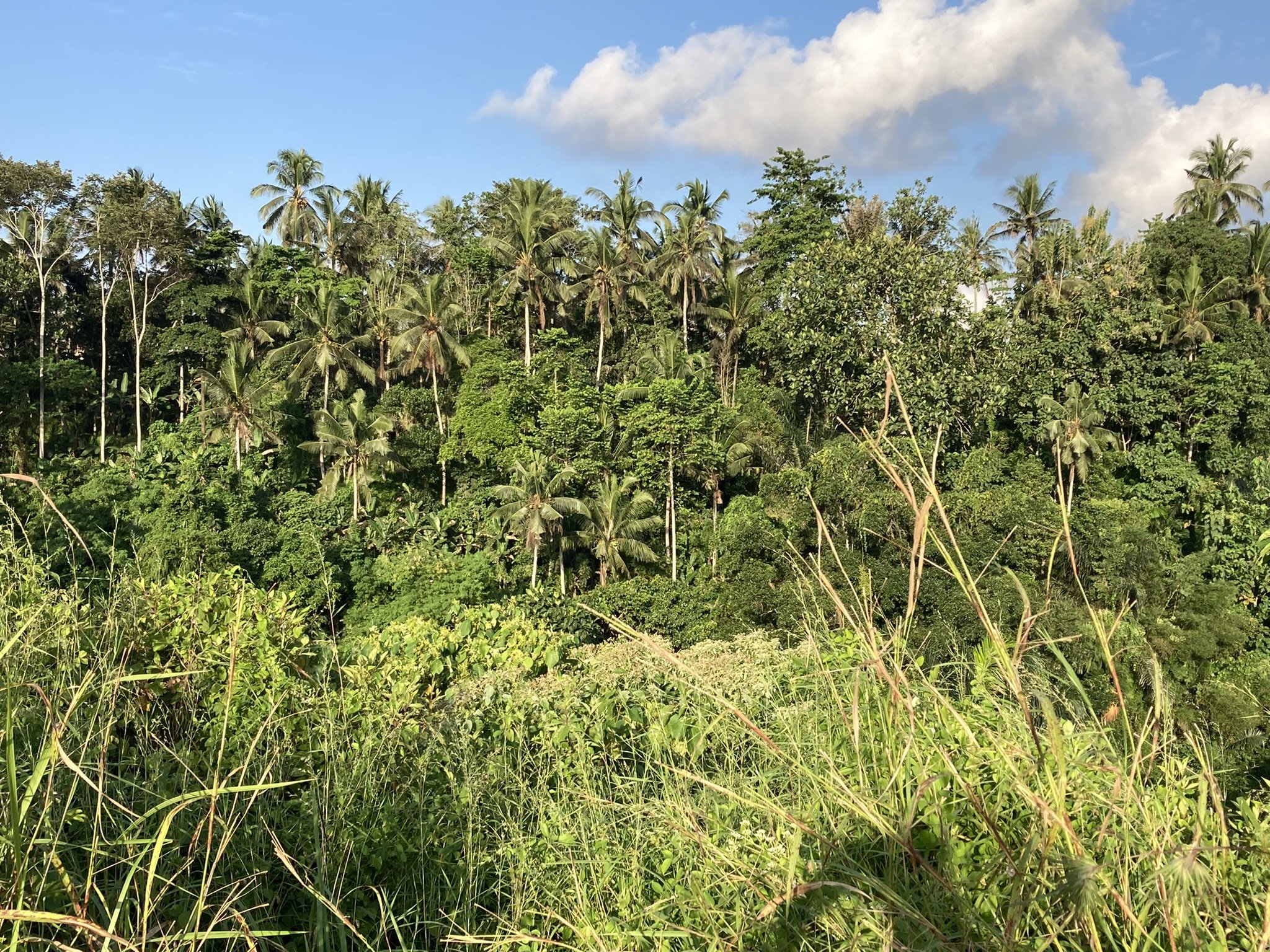
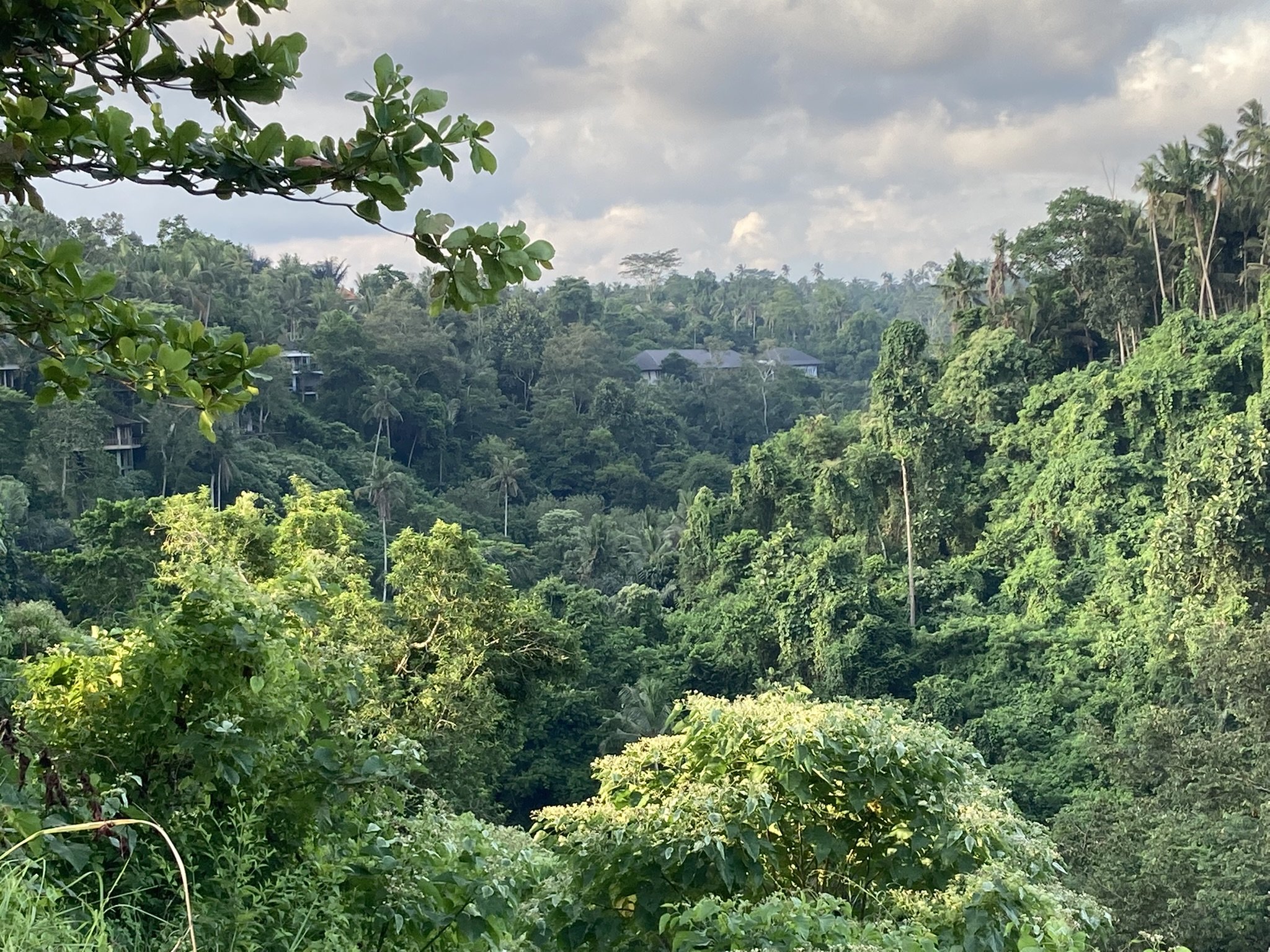
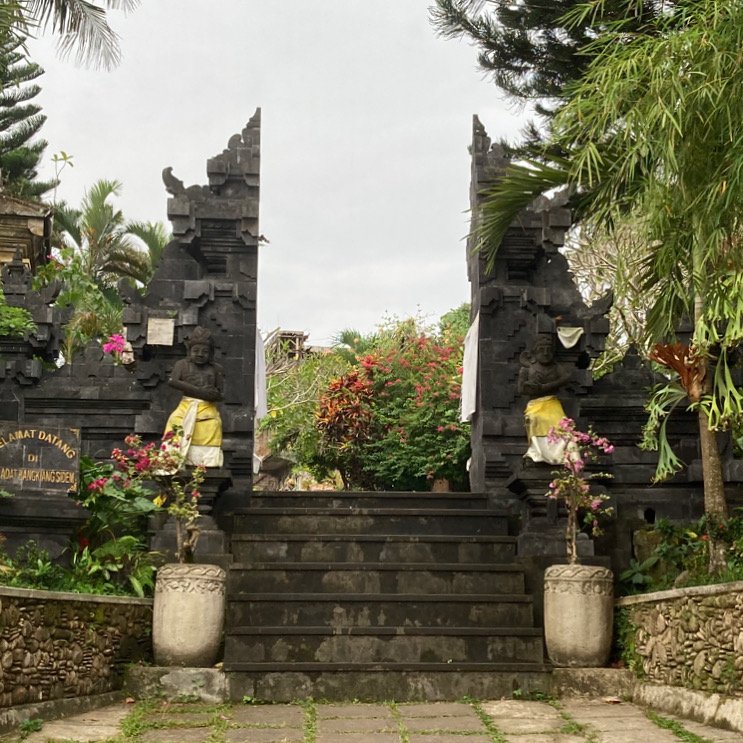
Ubud Palace
Another free thing to do is visit the Ubud Palace, officially known as Puri Saren Agung. The Ubud Palace is just down the road from the Saraswati Temple. When you’re from Europe, the name Royal Palace is a bit misleading. The temple is not really comparable to what you’ll find at European Royal castles, but it’s nice enough to pay a visit. If you want, you can also enjoy a night of traditional Balinese dancing. Those performances are not free, unfortunately…
Like most Balinese temples, this one has big, carved doors and many stone statues. The palace consists of several courtyards and buildings. Pay extra attention to the carvings and statues, they are truly masterful. The details are incredible. Also, good to know is that you can visit this temple without needing a sarong. Just like the Saraswati Temple, you can visit the Ubud Palace without a sarong.
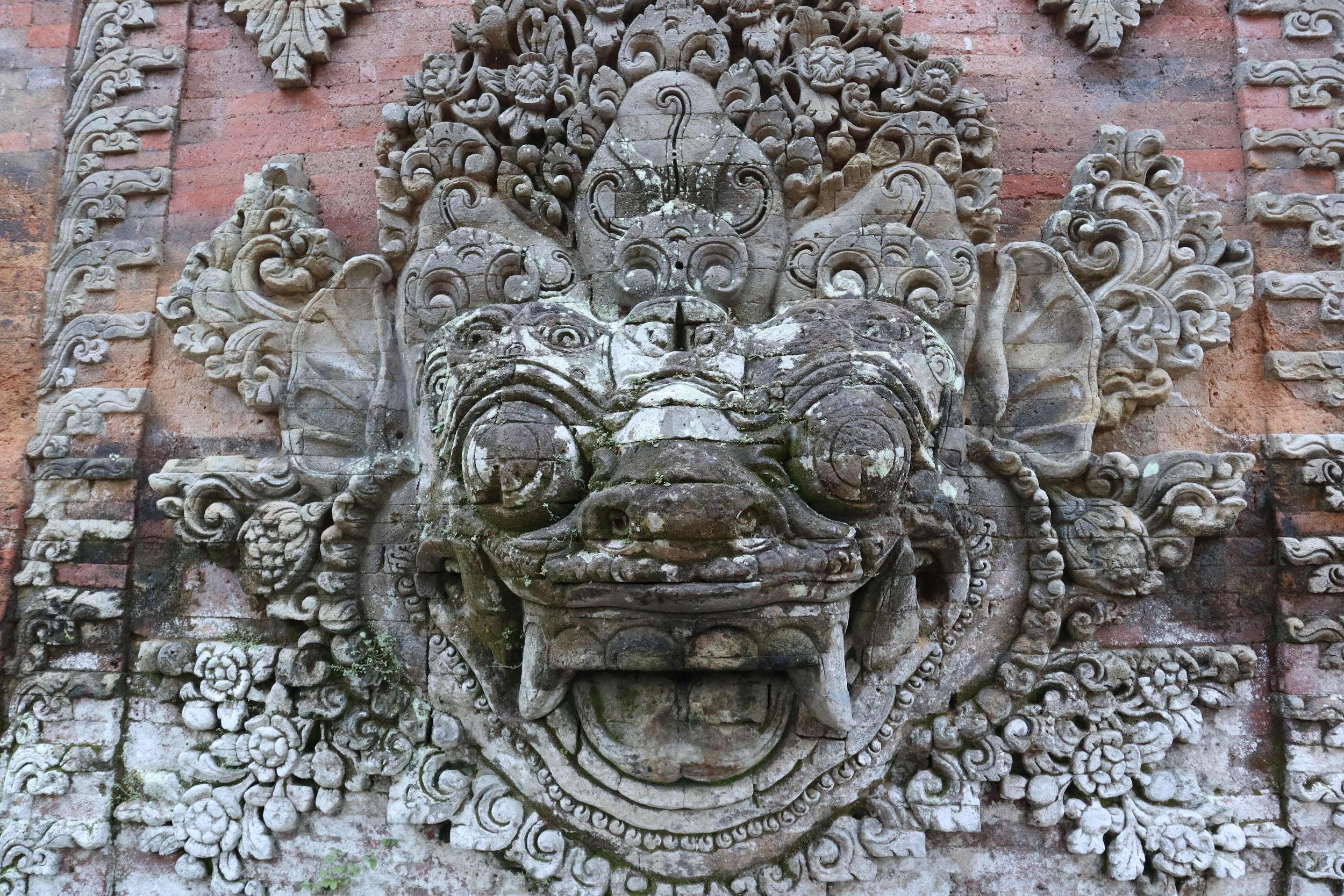
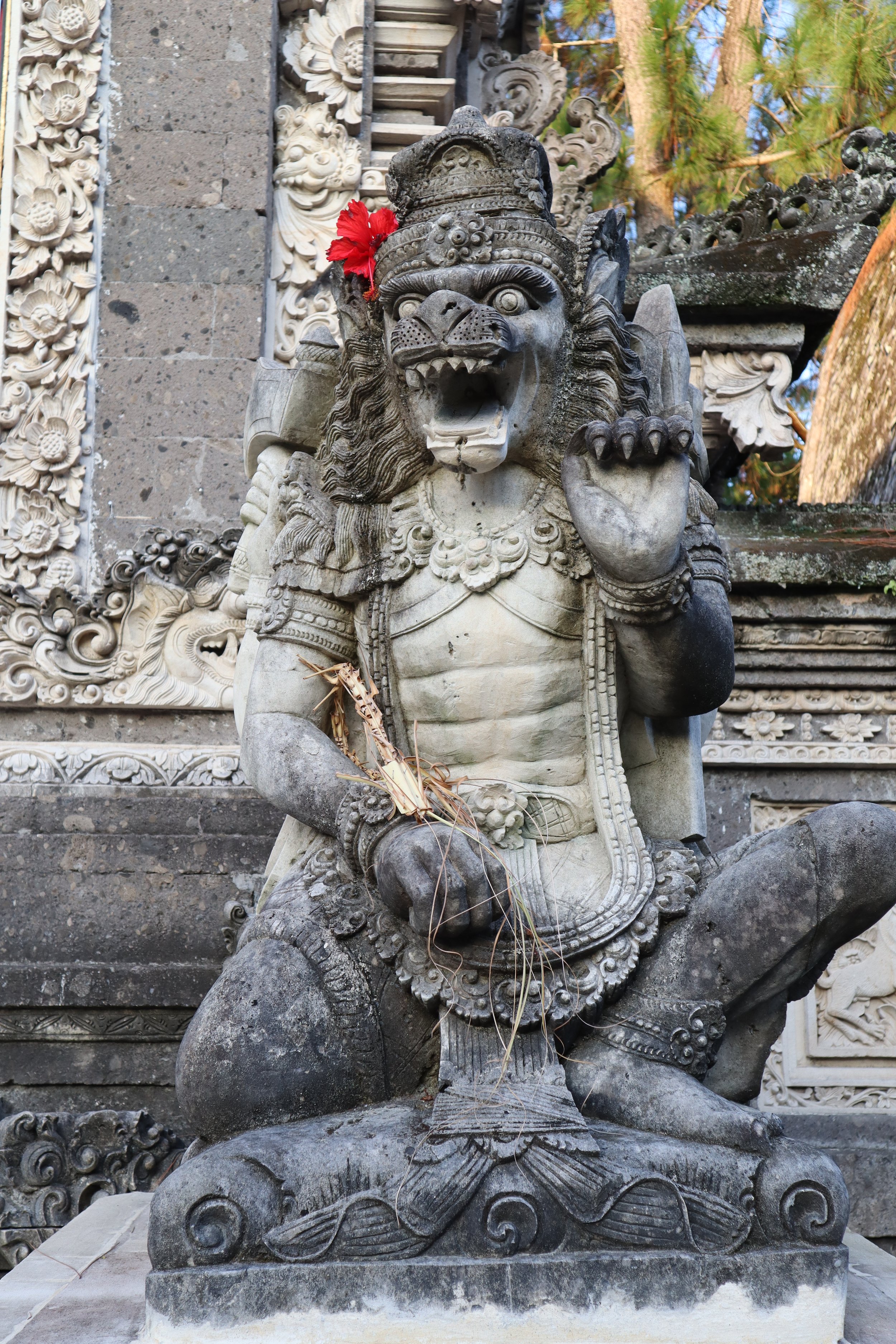
Visit a local market
Ubud is a tourist place, and you’ll notice this at the local markets. When I visited Ubud (May 2022), the former art market had been removed because of construction. Luckily, it’s not gone entirely. Now you can find the art market in Jl. Karna, a small street diagonally across from the Ubud Palace. The entrance is a bit obscured by all the construction work going on, but you’ll see enough tourists disappear in that small street to know you’re on the right track.
The Ubud art market is like any other local art market in touristy places: you have to haggle. In my experience, you can easily get prices down to at least half of what they initially say. Don’t be too focused on the price, though; determine for yourself what you’d like to pay for a certain item and stick to your guns. Many vendors sell the same kind of things, and they know well enough that if they don’t agree, you could easily go to their neighbor. It sounds harsh as I type it out like this, but that’s how it works. Also keep in mind, this is these people’s livelihood. Does it really matter to you if you pay 1 dollar or 1 euro more for that souvenir? Probably not, but I can be an enormous difference to the local community there.


